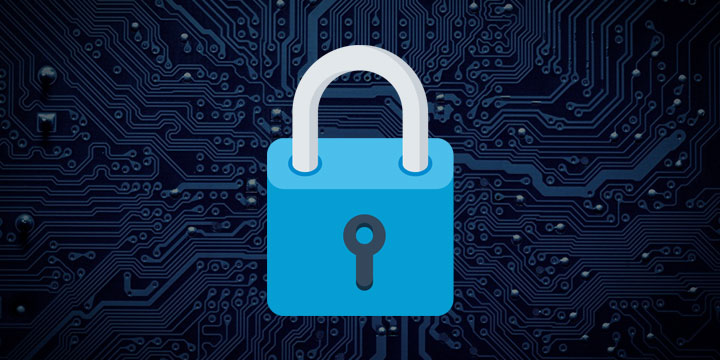The methods and tactics that hackers use to compromise your webspace are constantly evolving, but there a number of things that you can do to make yourself more secure.
Downtime on your webspace results in you missing out on new customers, and loss of confidence from your existing customers. The vast majority of companies that suffer a total data loss go under within a year, and while that is a worst case scenario, any downtime or data loss harms your business.
In this post we will be outlining some ways that you can improve your site security and ensure uptime.
Use trustworthy hosting providers and product vendors
When you are choosing which company to host your site with, or which provider to supply you with your reseller hosting etc, research their customer ratings. Sites like trustpilot.com and reviewcentre.com provide genuine cutomer feedback reviews and scores for companies, making it easy to check a company’s reputation and standard of service.
Generally speaking, any reputable company will have their scores displayed on their website, but with smaller providers in may be necessary to look them up.
Check for security problems
There are a number of free services on the web that can analyse your site for viruses and all other types of malware. Some of these include:
- sitecheck.sucuri.net
- scanmyserver.com
- quttera.com
There is also on online tool that is specifically for use with WordPress sites, which scans for common vulnerabilities and exploits used against WordPress sites. Check your WordPress site at the WordPress Security Scan web page.
Install an SSL Certificate
SSL certificates provide your site with a number of benefits, including:
- Increased confidence in your site from your customers
- Secure transmission of data to and from your website
- Google awards higher page ranking to SSL certified sites
You can find out more about SSL certificates on our SSl certificates page.
Use strong passwords
Here at Mobo Hos we recommend using KeePass to store all of your passwords in one handy and secure place. KeePass remembers complicated passwords for you, meaning you can create complex and hard to crack passwords for your sites and services. We recommend using strongpasswordgenerator.com or a similiar hard password generator for all of your passwords.
Keep your CMS, plugins and online programmes updated
Many CMS’s (such as WordPress) can be set to automatically update when a new version is released, but you should check regularly that all of your online programmes are up to date. These updates frequently patch exploits and vulnerabilities that hackers have discovered, so staying on top of your updates helps to keep your site secure.
Keep your browser and local programmes updated
Most browsers provide automatic updates nowadays, again these patch exploits and security vulnerabilities that hackers can use to get your information, and access to your site. Check the settings of your browser to see that you have automatic updates enabled. You should also ensure that your operating system and any web facing software you use is kept update, to prevent your system being compromised.
Conclusion
All of the steps outlined above are easy to implement and will save you a lot of trouble in the long run, saving you from downtime and potentially having to rebuild your entire website. The methods used by hackers are changing all the time, and it’s worth staying up to date by checking blogs and tech sites such as arstechnica.co.uk for news on new exploits.


Leave a Reply